NVMe All-Flash Storage Arrays offer high-speed storage solutions for data-intensive applications, providing superior performance and reliability compared to traditional storage technologies.
These arrays are designed to handle the demands of modern enterprise environments, enhancing processing speeds for tasks like data analytics, virtualization, and cloud computing. With their high throughput and low latency, they significantly improve application performance, enabling faster data access and improved resource utilization. The compact design and energy efficiency also contribute to reduced overall costs.
What are the critical features of NVMe All-Flash Storage Arrays?In industries like finance, healthcare, and retail, NVMe All-Flash Storage Arrays facilitate rapid data processing for real-time analytics, patient data management, and personalized customer experiences. Their ability to handle vast quantities of data efficiently makes them an asset in sectors that rely heavily on high-speed data access and processing.
Organizations benefit from using NVMe All-Flash Storage Arrays due to their ability to deliver unparalleled performance improvements for demanding applications, ensuring that data-intensive processes are handled with ease and efficiency.
| Product | Market Share (%) |
|---|---|
| Dell PowerStore | 21.5% |
| NetApp AFF | 18.5% |
| Dell PowerMax | 9.1% |
| Other | 50.9% |












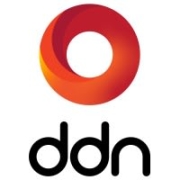
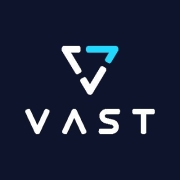

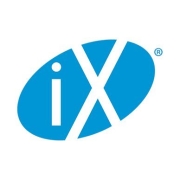
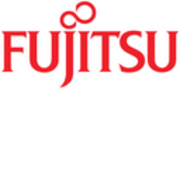


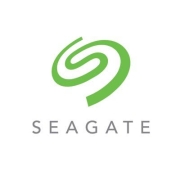





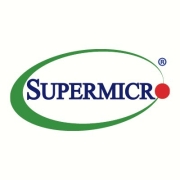
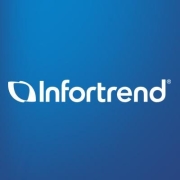






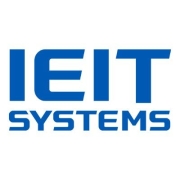







NVMe (Non-Volatile Memory Express) is two to seven times faster than SATA SSDs (serial AT attachment solid-state drives). Traditional hard drives using the SCSI (small computer system interface) protocol had one queue for commands. NVMe is designed to have up to 64 THOUSAND queues, each capable of 64 THOUSAND commands at the same time. Moreso, NVMe is capable of delivering a sustained read-write speed of 2000MB per second, which is much faster than the SATA SSD.
NVMe (Non-Volatile Memory Express) and M.2 memory drives are becoming increasingly popular and more affordable and are also on the verge of becoming the standard recommendation for PC builds. While NVMe is a connection type for storage devices and tells you how fast the drive can operate, M2 is different. M2 - formerly known as the Next Generation Form Factor (NGFF) - is only a form factor and doesn’t provide any other information about the device. SATA (serial AT attachment) is what’s most commonly used now to connect drives to a PC, and is made up of both a connector as well as a bus interface. It is the protocol used to send data between the drive and the PC. In contrast, M2 plugs into the peripheral component interconnect express (PCIe) bus interface. However, the M2 is only a connector. NVMe has a fast enough and low enough latency to connect to the PCIe bus interface via the M2 connector.
High performance, high speed storage is becoming more important than ever as evolving technologies such as Internet of things (IoT), artificial intelligence (AI), and blockchain require vast amounts of data to be analyzed. Data centers can rely on NVMe (Non-Volatile Memory Express) because it addresses the demanding and time-sensitive requirements of high-performance computing environments, cloud, portal data centers, etc. With NVMe, bottlenecks are eliminated and rising data demands are easily managed. Compared to SAS (serial-attached small computer system interface) or SATA (serial AT attachment), NVMe consumes very few CPU cycles and its enabled infrastructure will likely yield maximum returns for your business. In addition, NVMe can be employed not only for data backup but also for replication within compliance windows. NVMe also enables you to make fast, real-time data-based decisions that are suitable for organizations working with extensive workloads.
What's more, NVMe works with all major operating systems, regardless of form factor, by directly communicating with the system CPU. These operating environments include Linux, Windows, Mac OS, and Chrome OS. Beyond having a maximum queue depth, NVMe involves no locking during parallelism and multiple threading. Compared to legacy systems, NVMe is easier to use, more efficient, less complex, as well as more serviceable.
NVMe is still not as widely supported as you may think. However, it is making a big impact on data-driven businesses that contend with the perpetual growth of data. It is clear that NVMe’s rich set of unique features help to avoid the bottlenecks from all traditional scale-up database applications to emerging computing architectures, in order to meet new data demands. To remain competitive, businesses and organizations in enterprise environments are heavily investing in NVMe, which is quickly becoming the next cutting-edge technology.
NVMe All-Flash Storage Arrays enhance data access speeds by utilizing the NVMe protocol, which is designed specifically for flash-based storage. This protocol allows for direct communication between the storage and the CPU, bypassing traditional bottlenecks found in older protocols like SATA and SAS. This results in significantly reduced latency and higher throughput, allowing you faster data access and improved application performance.
What are the key benefits of using NVMe All-Flash Storage Arrays for enterprise applications?One of the primary benefits is the exceptional speed and performance NVMe All-Flash Storage Arrays offer. They deliver higher IOPS and lower latency, making them ideal for demanding enterprise applications like databases, virtualized environments, and big data analytics. Additionally, they provide higher density and better power efficiency, resulting in cost savings and more efficient data center operations.
How do NVMe All-Flash Storage Arrays enhance data reliability?NVMe All-Flash Storage Arrays improve data reliability through advanced features like end-to-end data protection, error correction, and wear leveling. These features ensure that data integrity is maintained even during high-intensity workloads. Furthermore, many NVMe solutions come with robust redundancy and failover options, minimizing the risk of data loss and ensuring continuous operation in the event of hardware failure.
What should you consider when implementing NVMe All-Flash Storage Arrays in an existing IT infrastructure?When implementing NVMe All-Flash Storage Arrays, consider compatibility with your current hardware and software. Assess whether your existing servers and network can support the increased speeds and bandwidth that NVMe offers. You should also consider the scalability of the solution, ensuring it can accommodate future growth. Additionally, evaluate the total cost of ownership, including potential savings on power, cooling, and space.
How can NVMe All-Flash Storage Arrays support cloud-native applications?NVMe All-Flash Storage Arrays are well-suited for supporting cloud-native applications due to their ability to provide rapid, scalable access to data. Their high performance and low latency are crucial for applications that require real-time data processing and analytics. With NVMe storage solutions, you can effectively manage data-heavy workloads and ensure your cloud-native applications remain fast and responsive, meeting user expectations.